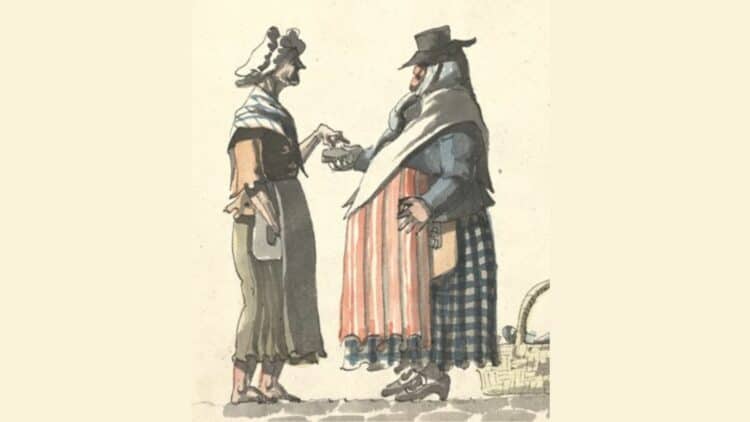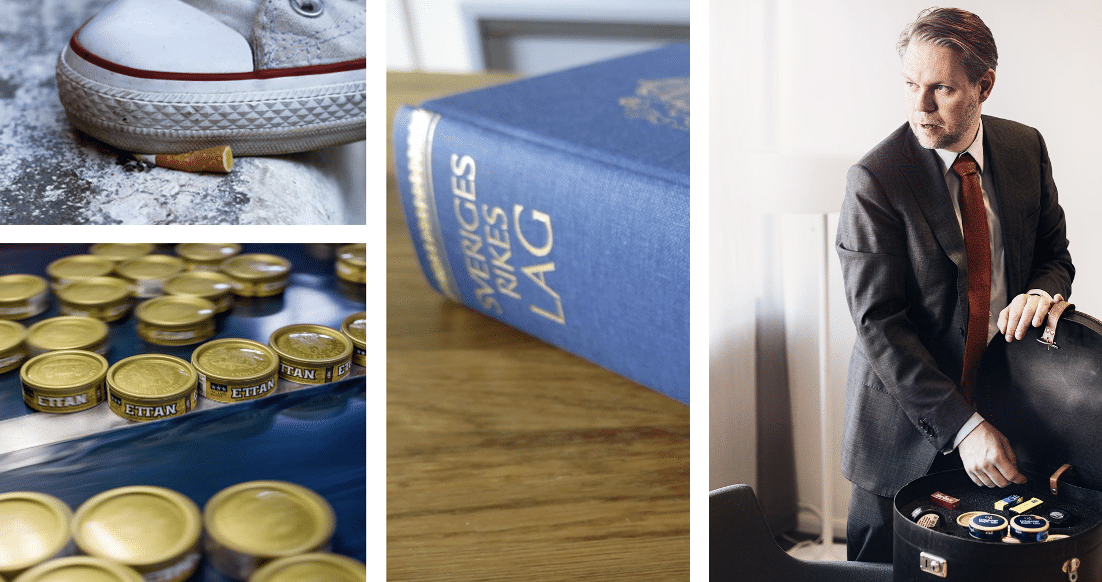
Snus gender norms in the 1800s
Learn about the gender norms of 19th-century Sweden and their impact on the use of moist, oral snus, as contrasted with powdered, nasal snuff, in this second installment of our snus culture series.
In part one of the snus culture history series, Snusforum explored how snus went from a royal tradition to a working class staple. Now we’ll dive into the gender norms of snus usage in 19th century Sweden.
The 1800s were marked by rigid societal roles. Women were confined to domestic life and expected to uphold a refined image. Consequently, snus, being moist and used orally, was deemed inappropriate for women.
Johanna Tengblad, the museum coordinator at Stockholm’s Snus and Match Museum, illuminates the gender dynamics of snus usage, distinguishing it from snuff, which was socially acceptable for nasal use among women. “Snuff was enjoyed by both genders, but snus was mainly a male habit,” she explains.
Snuff, Snus and Gender Norms
“Snuff” refers to powdered tobacco inhaled through the nose, whereas “snus” is moist tobacco placed under the lip. Significantly, powdered tobacco was more socially acceptable for women. This was likely due to its less visible and more delicate consumption method. “The gendering of different tobacco forms reflects the social customs of the time,” Tengblad says.
Additionally, within the museum’s collection, you can find a papier-mâché relief that shows a woman using snus. According to Tengblad, this satirical artwork captures the societal discomfort at the time. It highlights the disapproval and mockery directed towards women who dared to indulge in snus. In other words, it was a habit that was seen as unfeminine and inappropriate for a woman.
Gender Norms and Snus in 19th Century Sweden
Despite societal norms, some women openly challenged expected conduct by using snus just like men. Tengblad highlights a museum exhibit: a papier-mâché relief showing a woman using snus. “This caricatured piece reveals the societal discomfort and judgment faced by women who defied norms by using snus,” she notes. These women were subject to social scrutiny and ridicule, reflecting the era’s gender inequality and control over female behavior.
The Role of Art and Literature – Snus Gender Norms
Art and literature from the 1800s often captured and reinforced the societal views on women using snus. In these cultural works, women who used snus were often depicted as caricatures or as figures challenging societal expectations. In addition, these representations helped maintain the strict gender norms of the time. This served to discourage women from engaging in what was considered a masculine habit.
Up Next: Snus’s Global Journey
Moving forward, our final article will delve into how snus spread from Sweden to the USA from 1850-1920, the influence of “Snus King” Knut Ljunglöf, and the 1970s revolution with portioned snus.
Furthermore, we’ll touch on the intriguing shift in tobacco use during the 1980s when Swedish men, who smoked more than women, began turning to snus, leading to a notable decline in smoking.
Picture: “A female fishmonger offers snuff to an old woman”, by Carl Jacob Mörk (1780-1828), from the early 19th century, in the Uppsala University Library.




